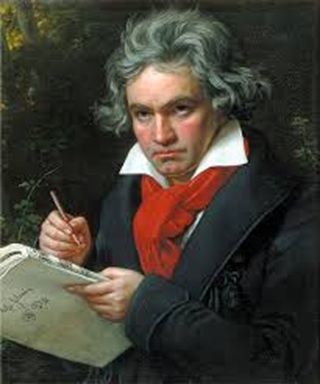5/5/2022 Personal Thoughts about Composers and Their Works - Liszt
- Takeaki Iida

- May 5, 2022
- 3 min read
Updated: Mar 11, 2024
Chapter 5 Ferencz(Franz)Liszt
(1811 - 1866, died at 74 years old )

Liszt was born in Raiding, a deserted village in the Kingdom of Hungary within the territory of the Austrian Empire at the time. His father was a butler of the Hungarian aristocrat Marquis Esterházy, and his mother was German. His parents' knowledge of music naturally led him to pursue his career as a pianist and composer. He had a strong spirit as a Hungarian throughout his life, but he could not speak Hungarian. He is familiar with French in the salon life in Paris, met Chopin, Berlioz, and others, met and married the beautiful Countess Marie d'Agoult, and had a daughter, Cosima.Cosima married to conductor Hans von Bülow, then remarried and became the wife of composer Richard Wagner. Liszt later settled in Weimar, Germany, fluent in German, and took Weimar to the cultural prosperity of Goethe, Schiller's heyday. Later years Liszt spent most of his energy on Wagner's great ideal of "comprehensive art." It was his later years when Liszt entered the priesthood, deciding to devote himself to religious music, expressing romantic music in a flashy manner with Wagner.

Liszt established the genre of symphonic poems in composition. I listened to Liszt's works this time, and I was convinced again that many super-technical piano pieces would be extremely difficult for the performer. This may not be an accurate expression, but his style is like that of late years of Wagner, and he is an esoteric composer.
Earlier, I heard from a piano instructor that to play Liszt's works, the need to strengthen the fingers was more than allowed, and the hands and the fingers must be large and long, and even if hands are not large, the fingers need to be opened very wide.
Paganini/Liszt Etude No. 3 “La Campanella” is particularly famous, as well as "Liebesträume" and "Hungarian Rhapsody No. 2” (of total 19 rhapsodies) and "Piano Concerto No. 1” is a familiar melody to our ears. Liszt's works also include music called "Transcendental Études," and there are many other works with rhythms, tempos, and melody that really do not give us time to breathe. We are fortunate that we can listen to it now as we have master pianists including Pollini, Polet, Kissin.

Only one piece of music, "Piano Sonata in B Minor," was composed by Liszt in his 40s, and was dedicated to Schumann in return for the “Fantasy in C major” that Schumann dedicated to Liszt. The playing time of "Piano Sonata in B Minor" is about 30 minutes with a single movement. Hans von Bülow performed the premiere, one of Liszt’s best students when Liszt was a piano teacher. Although B minor received a mixed review then, it is now regarded as one of the masterpieces of piano sonatas. Even if it is called a piano sonata, it can be called a fantasy or a symphonic poem by the piano with "a splendid music of dramatic development".
Liszt is the creator of the musical composition of symphonic poems. I re-listened to the symphonic poems, "Prelude" and "Mazeppa." Musical construction of his symphonic poems has the movements from darkness to light, then to struggle, rest, and victory. This is one of the patterns on his symphonic poems. Most of them are played violently and sometimes very quietly.
"Spanish Rhapsody" has a tune remarkably like the theme music of the popular movie "Alamo" (directed and starring John Wayne), which depicts the battle with the Mexican army of the Alamo fort in the American movie. I noticed that it came out at a pianist's concert ten years ago.
For your reference, the table below shows the list of works by the composer that I listened to.

.png)



Comments